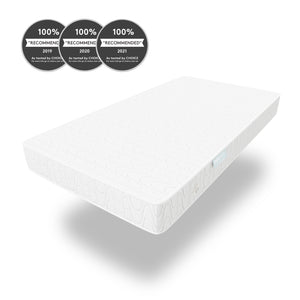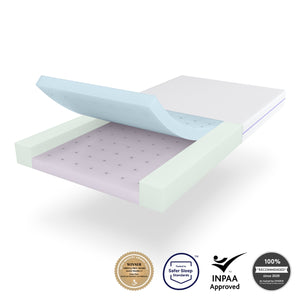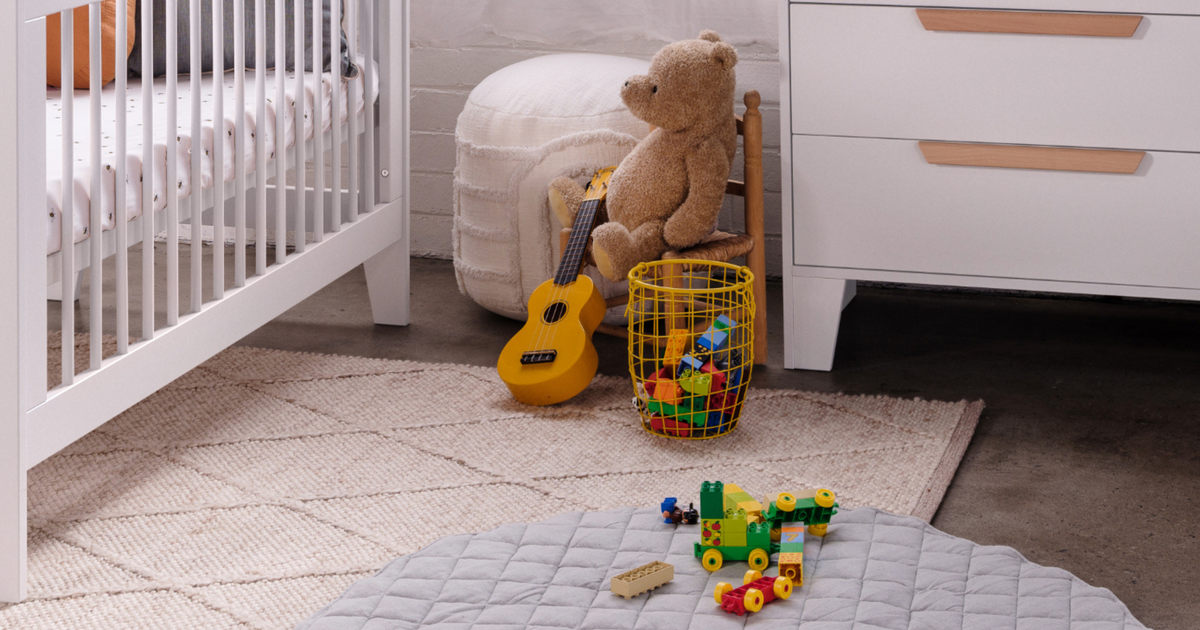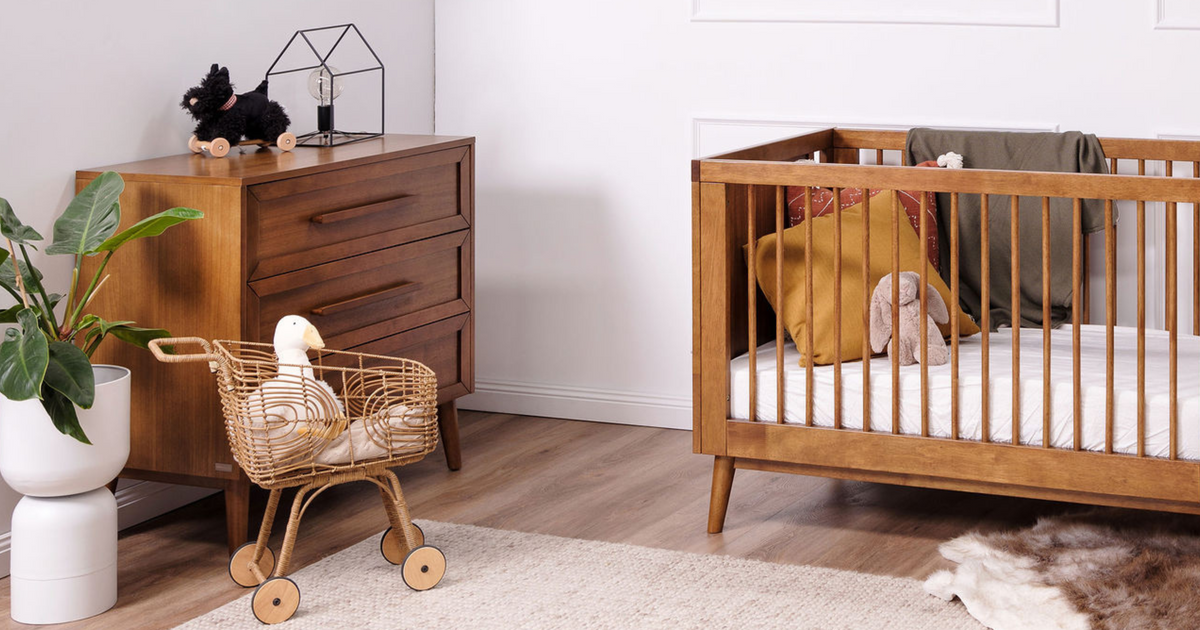What's the ideal room temperature for my baby?

We all know that it's important to ensure that your baby has a comfortable and safe sleeping environment - but how can we be sure that it is? When you're a new parent it's natural to be uncertain or anxious about the safety of your new baby when they are asleep.
Keep reading for some simple tips to check that baby is not too hot or cold when sleeping, for that extra peace of mind.
There is some evidence to show that very high room temperatures may increase the risk of SIDS. Red Nose is considered the leading authority on safe sleep in Australia. They are an independent not-for-profit organisation with a goal to reduce the number of babies, toddlers and pre-schoolers who die suddenly to 0. You can learn more about them here.
Red Nose do not recommend a specific room temperature. Instead, they provide general guidance as to providing the right sleep environment for your baby. Read their article on room temperature. Other expert bodies provide guidance that the ideal temperature is between 18 and 22 degrees Celsius.
With that in mind, here are some additional guidelines to help you provide a comfortable and safe sleeping environment.
Sleep baby on their back with their head and face uncovered
Babies control their temperature primarily through through the face and head. Therefore, keeping your baby's face and head uncovered with no hindrance to breathing enables them to regulate their temperature best. Ensure that there is no bedding or toys in the cot that could potentially cover your baby's head or face. Always sleep your baby at the foot of the cot to lower the chance of your baby sliding down and covering their head or face.
Dress baby appropriately for the temperature
Dress your baby as you would dress yourself. Comfortably warm, not hot or cold.
Share a room with your baby
It is recommended that you share a room with your baby, at least for the first 6 - 12 months. This allows you to monitor your baby more closely and make sure the room is at a comfortable temperature. The best way to do this is to have a bassinet / co-sleeper in your room. Read more in our blog: Should my newborn sleep in a bassinet or a cot?
Monitor the room temperature and adjust
You may want to monitor the room temperature with a thermometer. Although this is not strictly necessary, it does provide peace of mind and allows you to dress your baby appropriately for the temperature. Many baby monitors have room thermometers incorporated. If the room is too cold, consider warmer clothes or warmer bedding. If the room is too hot, consider turning on a fan for more air circulation.
Check your baby's temperature
You can do this by checking your baby's back or tummy. Their back and tummy should feel warm, not too hot or too cold.
Ensure your cot/ bassinet mattress is ventilated
A ventilated mattress increases breathability, hygiene and temperature regulation. If your baby is sleeping on a ventilated mattress, the temperature on and around their cot will be more moderate and it greatly reduces the risk of overheating.
For a great ventilated mattress, look no further than the Babyrest DuoCore mattress:
We have a range of nursery accessories designed to provide the safest possible sleep environment for children. Babyrest was established in 1976 in Australia, and is still owned and operated by the same family. Today Babyrest offers a wide range of nursery products, all bearing the signature elements of safety, quality and authenticity. View the Babyrest range of mattresses and bedding.
Have more questions? Reach out to your Pediatrician for more information.
Anstel has a team of passionate expert representatives. Get in touch with us today with any questions about your nursery essentials.
More helpful articles for soon-to-be parents:
- Tips for taking your newborn home from the hospital
- Australian Parental Leave Pay overview
- Do I really need an infant capsule?
- What most parents overlook when preparing for their new baby
- 8 tips for travelling with a baby
- Working towards a safe sleep future for Red Nose Day 2022




